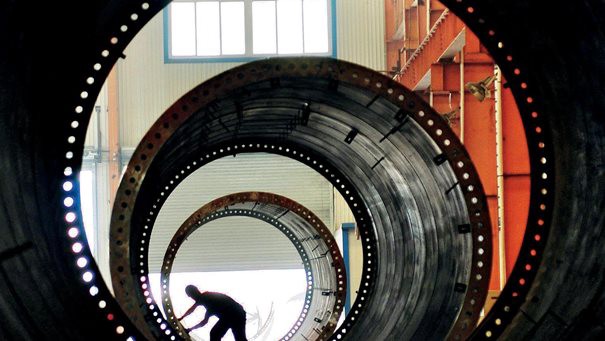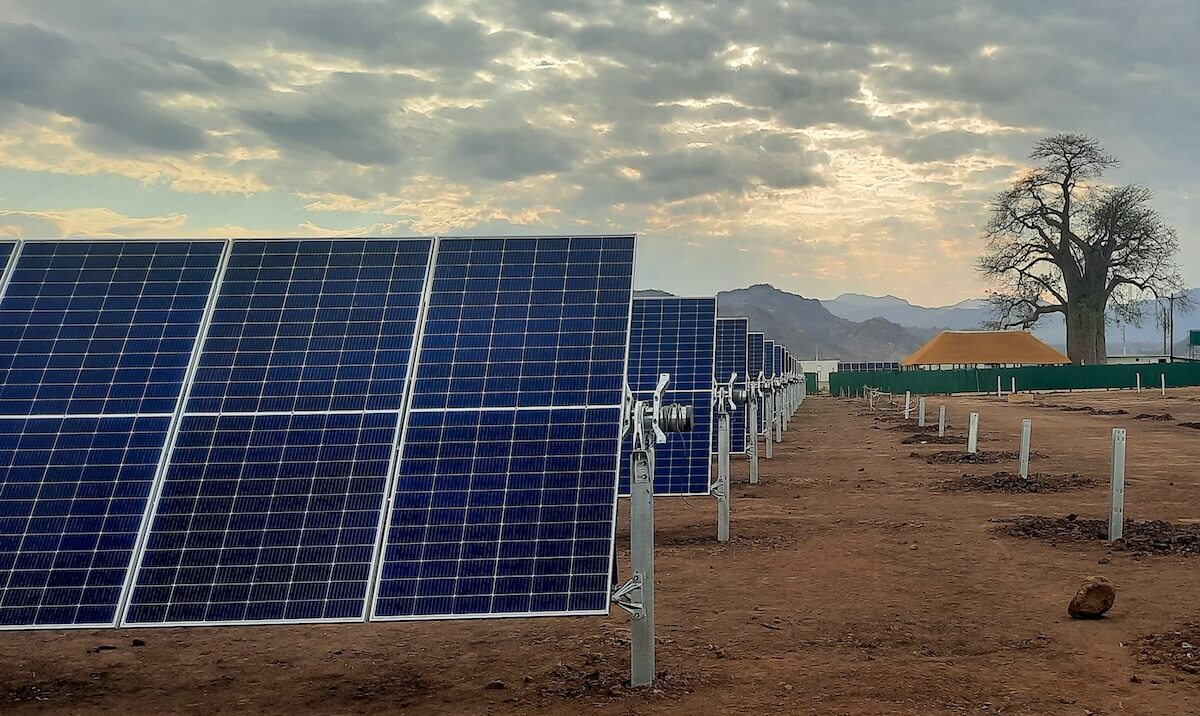The “take-make-dispose” linear approach to manufacturing, which bets on infinite amounts of natural resources, is risky, unsustainable and wasteful. The alternative is a system where production methods incorporate renewable energy, reuse of waste products and the sharing of assets and resources — a “circular” economy.
A new report from the Investment Integration Project and impact-investor network Toniic, Investing in the New Industrial (R)evolution: Insights for asset owners and managers financing the circular economy, tracks investment opportunities and challenges when growth is decoupled from resource constraints.
“That shift will ultimately increase the cost of capital for those whose investment strategies ignore these risks, and lead to outsized returns for the early visionaries,” write Adam Bendell and Lisa and Charly Kleissner of Toniic in an introduction to the report.
Investment opportunities in the circular economy could reach $2 trillion annually by 2030 in Europe alone. They include LEED-certified real estate; private-equity funds that target renewables, recycling and energy-saving materials; and fixed income municipal bonds focused on wastewater management.
Register for Toniic’s June 28 webinar on the circular economy.











